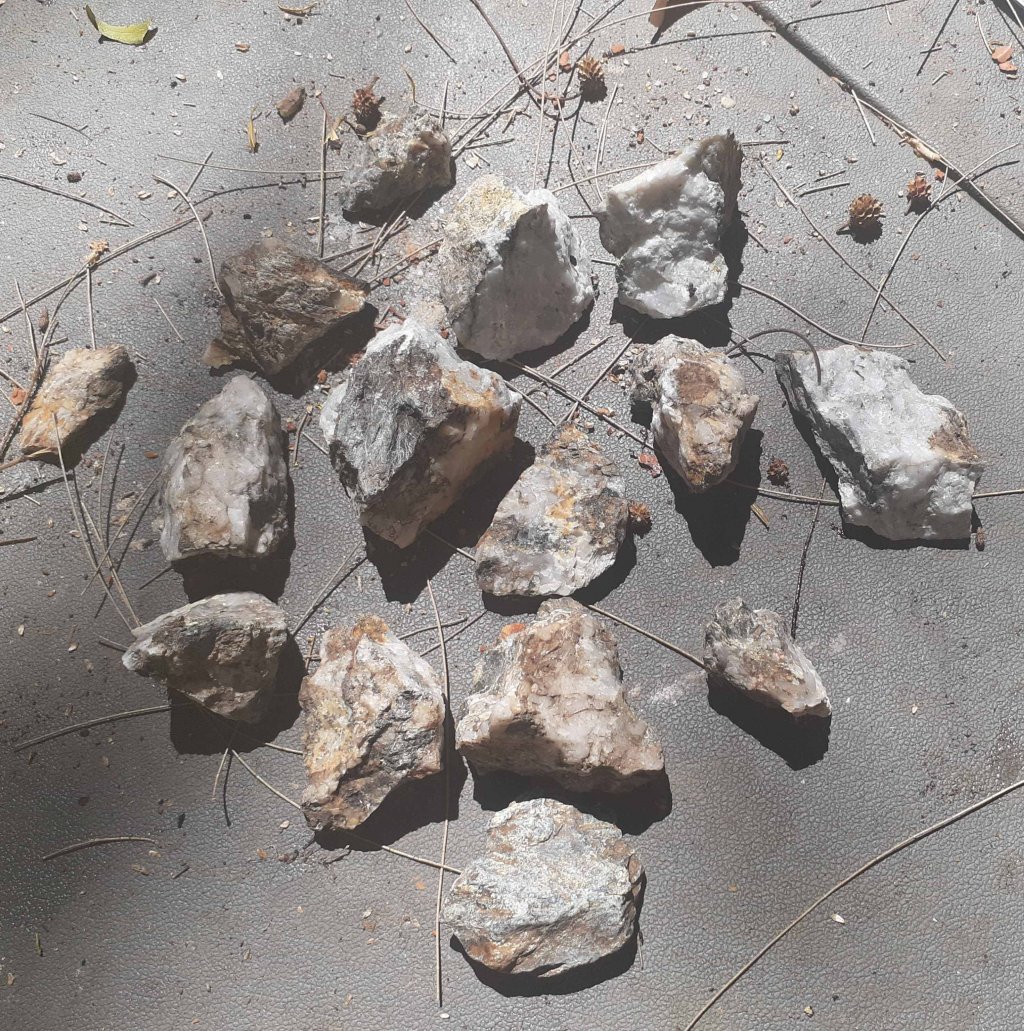Nirvanadirt
Mick
Hello good folks I'm just wondering if there is a measurable size of flower gold that is no longer practical or even possible to recover? I think we all know about the gold that floats on top of your pan and all the dishwashing magical mixes and soaps use to combat that however is there a point at which gold just gets too small to capture ?
Looking forward to any imput as I have a possible solution if there is a threshold.
Looking forward to any imput as I have a possible solution if there is a threshold.




